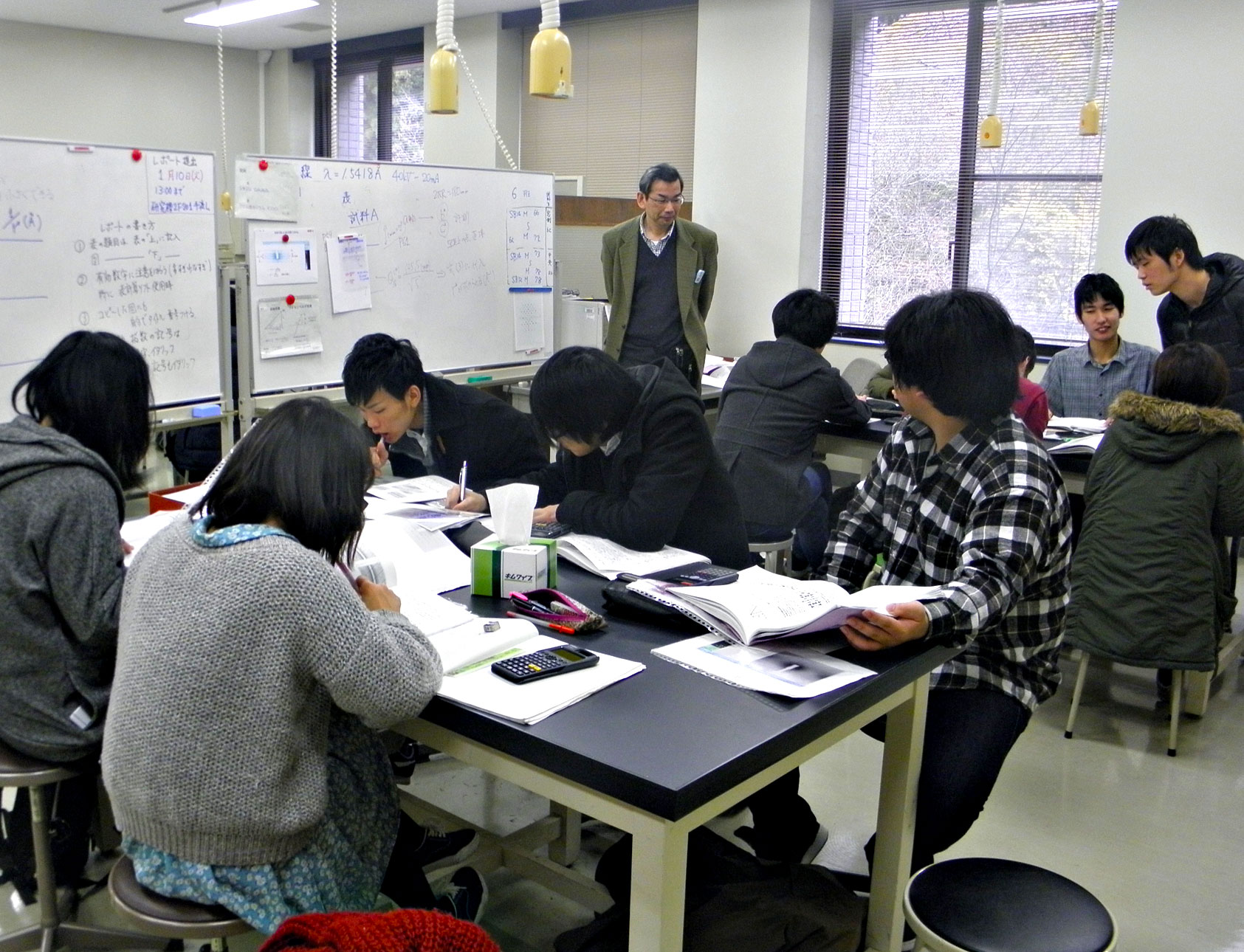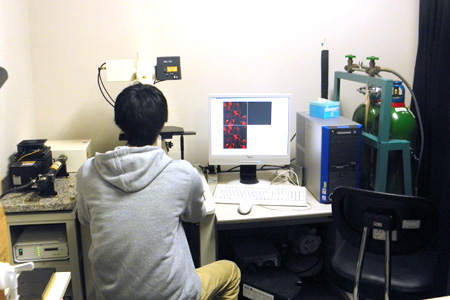

Introduction for School of Science
Characteristics of the Graduate School of Science, Department of Life Science
Address of the Dean
Studying top-level life science aiming at becoming a global leader
All living things are composed of cells, and cells are in turn composed of molecules including proteins. At the Department of Life Science, we have long made efforts to understand all life phenomena at a cellular level, a molecular level, and finally, an atomic level. The achievements of our effort have been highly appreciated, and hence our graduate school was selected as a nucleus in 21st Century COE (Center of Excellence) Program, and Global COE Program, by the Ministry of Education, Culture, Sports, Science and Technology (MEXT), Japan. Following these COE programs, we further proposed a plan, "Next generation picobiology pioneered by photon sciences," to The Leading Program in Doctoral Education by MEXT, which was approved in December 2011. Here, we will offer a Ph.D. program of frontier life science employing photon science facilities such as SPring-8 and SACLA ( SPring-8 Angstrom Compact Free Electron Laser ), by closely cooperating with RIKEN. Through the top level studies and achievements in life science, our students are expected to acquire a wealth of knowledge and hence become global top leaders playing active parts in many fields of our society. For this purpose, the Department of Picobiology, with a 5-year Ph.D. course, will be newly set up in April, 2013, in addition to the Department of Life Science. Thus, we will have two departments in our Department of Life Science, either of which students may choose, depending on their aptitude. We sincerely hope that highly-motivated young people join us to study the top-level life science, and then venture in the world as global leaders.
History and organization

The Department of Life Science was established along with the foundation of the University of Hyogo in 2004. It consists of a single Department of Life Science and offers four courses: Structural Biology, Functional Biology, Cell Biology, and Earth and Environmental Sciences. The course of Earth and Environmental Sciences includes graduate students from both the Departments of Life Science and Material Science located in the School of Science. Administrative Board for the Department of Life Science is composed of 17 Chairpersons and three Associate Chairpersons. In April, 2013, we are expecting to newly open the Department of Picobiology, with a 5-year Ph.D. course.
The Department of Life Science aims to understand the molecular mechanisms of life through the application of a wide range of scientific approaches. To achieve our goal, faculty members, who are at the cutting edge of research in interdisciplinary fields of life science and strive to pursue original research, collaborate very closely with each other in education and research, which often exceeds the laboratory framework. In addition, our school has been designated as one of the hubs of the 21st Century COE Programs in Life Science supported by MEXT of Japan from 2002 to 2006. The Department of Life Science was successively approved as a core in Global COE Program by MEXT, from 2007 to 2011. Through these COE programs, the faculties aim to cultivate young researchers with worldwide views and activities.
The Department of Life Science welcomes students who are eager to learn the mechanisms of life and contribute to our understanding of the mysteries of life.
Sections
The Graduate Schools of Life Science and Material Science are interdisciplinary sections. The borders are unfixed among special fields such as biology, biochemistry, and earth science, and even between life science and material science. Furthermore, our school cooperates with Riken Harima Institute (SPring-8), Laboratory of Advanced Science and Technology for Industry. Our staff and graduate students will aim together to reach innovative fields in science.
Research Divisions
- Structural Analysis of Biomaterials
- Functional Analysis of Biomaterials
- Functional Analysis of Cells
- Geoenvironmental Science

